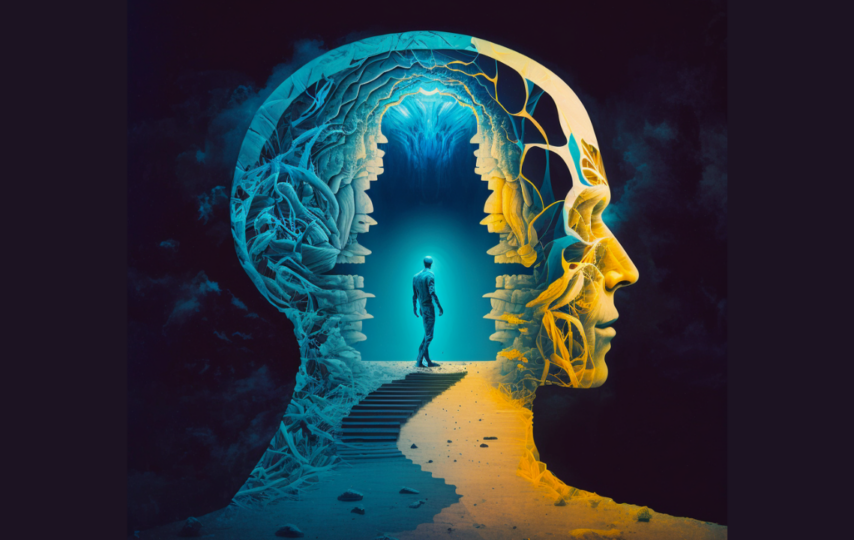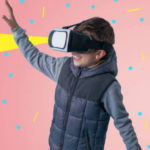Artificial Intelligence (AI) has come a long way in reshaping various aspects of human life, from automation and data analysis to entertainment and healthcare. Among the intriguing developments within the AI landscape is the concept of AI-generated hallucinations. These simulated sensory experiences have the potential to revolutionize how we perceive reality, interact with technology, and even delve into the depths of human cognition. In this article, we’ll delve into the definition of AI hallucinations, their implications, and the boundary between virtual and actual experiences.
Understanding AI Hallucinations:
AI hallucinations are computer-generated perceptual experiences that mimic sensory perceptions without any external stimulus. Through complex algorithms and deep learning models, AI systems can produce images, sounds, or even entire immersive environments that appear real to the observer. These experiences can range from visual landscapes to auditory sensations and even multisensory interactions.
The Technological Mechanism:
AI hallucinations are primarily facilitated by Generative Adversarial Networks (GANs) and similar generative models. GANs consist of two neural networks – a generator and a discriminator – that work in tandem to produce highly realistic outputs. The generator attempts to create data (such as images or sounds) that are indistinguishable from real data, while the discriminator evaluates these creations to determine their authenticity.
Applications and Implications:
- Virtual Reality and Augmented Reality: AI-generated hallucinations have immense potential in the fields of virtual reality (VR) and augmented reality (AR). These technologies could create highly immersive environments, blurring the lines between the real and the virtual.
- Creative Industries: Artists, designers, and filmmakers could use AI hallucinations to generate unique visual and auditory experiences, pushing the boundaries of creativity and offering fresh perspectives.
- Therapeutic Applications: AI hallucinations might find applications in therapy by creating calming or engaging visual and auditory experiences to aid in relaxation or cognitive stimulation.
- Entertainment and Gaming: The gaming industry could harness AI-generated hallucinations to create dynamic and ever-evolving game worlds, enhancing player engagement and realism.
- Cognitive Exploration: By simulating sensory experiences, AI hallucinations could provide insights into human perception and cognition. Researchers might use them to study how the brain processes and interprets sensory input.
Ethical Considerations:
- Reality and Deception: The line between real experiences and AI-generated hallucinations could become increasingly blurred. Ethical concerns might arise if individuals cannot discern between what’s real and what’s simulated.
- Privacy and Consent: As AI hallucinations become more immersive and personalized, issues of consent and privacy could emerge. Individuals might not want their personal experiences to be replicated or manipulated by AI.
- Manipulation: The potential for AI-generated hallucinations to be used for manipulative purposes, such as creating realistic but fabricated evidence, raises concerns about misinformation and deception.
The Future Landscape:
AI hallucinations represent a fascinating frontier at the intersection of technology and human perception. They have the potential to transform various industries, offer new forms of entertainment, and deepen our understanding of cognition. However, as with any emerging technology, careful consideration of ethical, psychological, and societal implications is essential to ensure that AI hallucinations are harnessed responsibly and for the betterment of humanity. As research and innovation continue, it’s crucial to strike a balance between the virtual and the genuine, and to navigate the intriguing territory of AI-generated sensory experiences with mindfulness and respect for human experiences.








